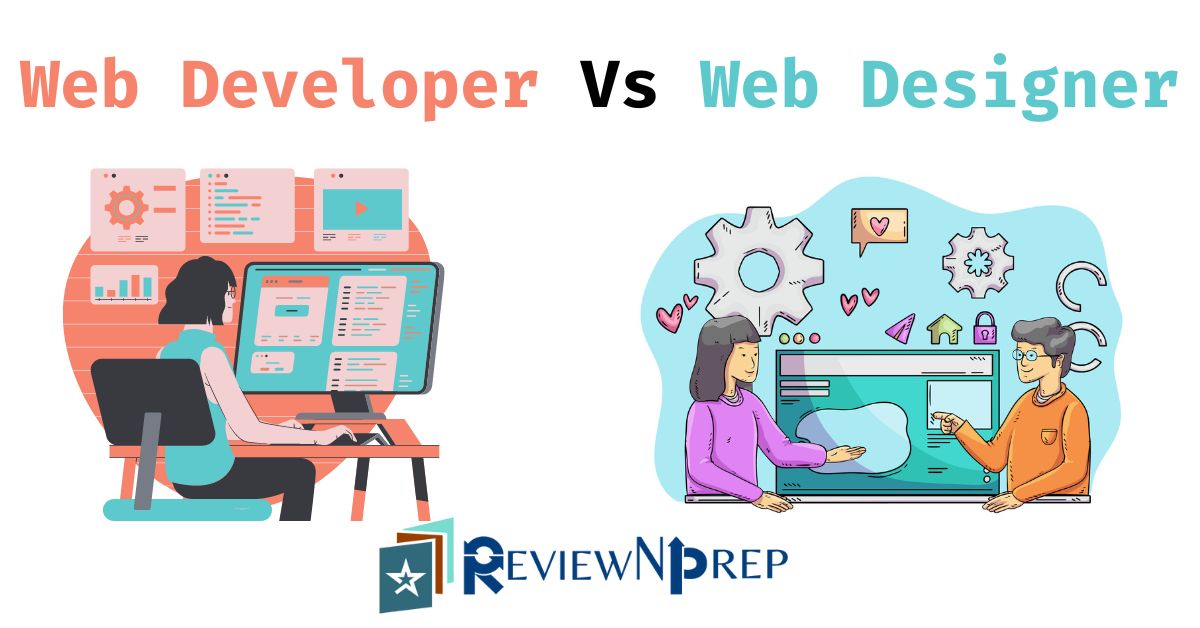The role of website design on brand perception success
Wiki Article
Discovering the Uses of Website Design for Enhancing Customer Experience
Website design significantly influences user experience across digital platforms. By concentrating on individual needs, developers create web sites that are not just aesthetically enticing but available and additionally functional. Crucial element such as receptive style and instinctive navigating play critical duties in improving functionality. Nonetheless, the difficulty depends on recognizing just how these components interact to meet evolving user expectations. The exploration of these variables reveals understandings that might transform electronic involvement.Understanding User Needs and Expectations
Just how can Web developers successfully align their developments with user needs and expectations? To accomplish this, developers should participate in extensive customer research study to capture the choices, habits, and discomfort factors of their target market. Utilizing approaches such as surveys, interviews, and usability testing, designers gather useful insights that lead their decision-making process.Developing customer personalities can further aid in visualizing different customer sections, making certain that design selections reverberate with actual individuals. In addition, developers ought to prioritize intuitive navigating and clear calls to action, which assist in seamless interactions.
The Relevance of Responsive Layout
As customers progressively gain access to web sites on a variety of devices, responsive design has actually ended up being vital for developing a favorable customer experience. This approach enables websites to adjust effortlessly to different display dimensions, making sure that material is easily readable and accessible, despite whether a user gets on a tablet computer, smartphone, or desktop .Responsive layout improves usability by providing a consistent experience, decreasing the need for excessive scrolling or zooming. In addition, internet search engine favor receptive sites, which can enhance a website's visibility and reach. This layout technique also enhances growth efforts, as it eliminates the demand for several versions of a website tailored to specific tools.
Integrating receptive style not only fulfills individual expectations yet also aligns with modern Web requirements, promoting engagement and complete satisfaction. Eventually, it represents a dedication to ease of access and inclusivity, crucial aspects for any successful on the internet presence.
Developing Instinctive Navigating
An efficient Web layout not just incorporates responsive designs but likewise prioritizes intuitive navigating, which is essential for guiding individuals with a web site perfectly. Instinctive navigating assurances that users can conveniently locate information without unneeded effort. Crucial element include a clear food selection structure, logical categorization of material, and recognizable symbols or tags.Consistency in navigating placement across different web pages fosters knowledge, improving customer comfort. Using breadcrumb routes allows individuals to track their place within the website, helping in backtracking and exploration. Additionally, optimizing navigating for smart phones is basic, as several individuals access internet sites by means of mobile phones and tablets.
Integrating a search bar can additionally streamline the user experience, allowing quick accessibility to details material. In general, user-friendly navigating decreases irritation, urges longer site check outs, and ultimately leads to greater individual fulfillment and interaction. By focusing on navigating layout, Web developers can greatly improve the overall user experience.
Using Aesthetic Pecking Order Efficiently
Effective website design rests on the tactical use of visual hierarchy, guaranteeing that users can easily browse material and understand the most important details at a look. By prioritizing elements based upon their importance, designers can lead users' focus towards crucial areas, such as headlines, calls-to-action, and essential images.Techniques such as dimension, positioning, color, and contrast play important roles in developing this power structure. Bigger text often indicates higher relevance, while contrasting shades can draw attention to vital actions. Furthermore, consistent alignment and spacing assistance produce an organized design, making it less complicated for users to process details swiftly.
Incorporating imagery purposefully can improve understanding and retention of web content. When used efficiently, a distinct visual hierarchy not just improves use however additionally enhances the general user experience, enabling individuals to engage meaningfully with the web site's purposes.
Enhancing Readability and Ease Of Access
Aesthetic power structure considerably impacts exactly how customers connect with an internet site, yet equally essential is assuring that content stays understandable and accessible to all audiences. Efficient Web style uses clear typography, consisting of appropriate font dimensions, line spacing, and comparison to improve readability. Using high-contrast color design can help those with aesthetic impairments, while larger text sizes benefit customers with reading troubles. In addition, incorporating alt message for photos warranties that people using display viewers can access crucial info.Developers ought to likewise consider the layout and structure of material, using headings and bullet factors to break up big blocks of message. This not just help skimming however also assists customers with cognitive specials needs. Inevitably, prioritizing readability and availability promotes an inclusive atmosphere, permitting varied target markets to engage totally with the web site's material (website development). By dealing with these components, Web designers can greatly boost the general user experience
Incorporating Involving Visual Components
Including appealing visual elements is vital for enhancing individual experience in website design. Shade psychology plays a significant hop over to these guys function in affecting users' emotions and behaviors, while interactive graphics can catch focus and urge expedition. With each other, these elements produce an extra dynamic and enticing online setting.
Relevance of Color Psychology
The value of shade psychology in Web style can not be overstated, as it plays a crucial function fit customer assumptions and behaviors. Colors evoke feelings and can affect exactly how individuals communicate with a website. For circumstances, blue frequently communicates trust and professionalism, making it a popular option for monetary establishments. On the other hand, red can activate necessity and enjoyment, commonly made use of in sales promotions. Comprehending the emotional results of color makes it possible for designers to produce a cohesive aesthetic experience that reverberates with users. Furthermore, regular color pattern enhance brand identification and acknowledgment, guaranteeing individuals associate particular shades with read this article particular brands. Eventually, thoughtful application of shade psychology can considerably enhance user involvement and complete satisfaction, making it an essential aspect of effective website design.Using Interactive Graphics
Engaging individuals with interactive graphics can significantly boost their overall experience on an internet site. These aspects, such as computer animations, infographics, and clickable visuals, foster a much deeper link in between users and the content. By urging exploration and engagement, interactive graphics can make complex info more absorbable and maintain users' attention much longer. In addition, they give a possibility for users to interact with the website in a significant method, resulting in increased complete satisfaction and a higher probability of returning. It is necessary to balance interactivity with use; excessively complicated graphics may puzzle individuals. Effectively implemented, interactive graphics can transform a passive viewing experience right into an interesting journey, inevitably adding to boosted user experience and site efficiency.Continual Examining and Enhancement Strategies
Continuous screening and renovation methods work as important components in enhancing Web design for user experience. By carrying out repetitive testing, designers can collect real-time feedback on individual communications, allowing them to determine discomfort factors and locations for enhancement - website development. A/B testing, functionality screening, and warmth mapping are reliable methods that provide insights into check this site out customer behavior, enabling informed style decisionsMoreover, these methods urge a society of ongoing refinement, instead of an one-time launch. Web designers can make use of analytics tools to monitor efficiency metrics, such as bounce prices and conversion rates, which direct needed adjustments. Routine updates based on individual responses not just boost capability yet additionally foster customer fulfillment and commitment.
Inevitably, continuous screening and improvement create a responsive Web layout environment where user experience is focused on, ensuring that the website advances alongside user needs and technological advancements. This proactive method results in a more appealing and reliable on-line presence.
Regularly Asked Inquiries
Exactly How Can Color Psychology Influence User Experience in Website Design?
Shade psychology substantially affects individual experience in Web style by stimulating feelings and assisting behavior. Various colors can develop organizations, enhance readability, and affect customer involvement, ultimately shaping perceptions of a brand or website's functionality.What Function Does Typography Play in Customer Interaction?
Typography considerably affects user involvement by boosting readability, developing pecking order, and communicating brand name personality. Reliable font style selections can record attention, evoke emotions, and guide customers through content, inevitably enhancing total interaction and complete satisfaction with the website.
How Do Social Distinctions Affect Website Design Preferences?
Cultural distinctions substantially influence website design choices, influencing shade options, navigating, imagery, and layout designs. Comprehending these variants allows developers to develop more relatable and interesting experiences tailored to varied user histories and assumptions.
What Tools Can Help Test Customer Experience Successfully?
Various tools, including Google Analytics, Hotjar, and UsabilityHub, successfully examination customer experience. These platforms supply understandings into individual habits, promote A/B screening, and collect responses, assisting developers make educated choices to boost overall functionality.How Usually Should a Web Site Be Redesigned for Optimum User Experience?
A web site ought to be redesigned every 2 to 3 years to maintain optimal customer experience. Routine updates ensure the layout remains contemporary, responsive, and straightened with progressing individual demands and technical advancements, enhancing total interaction.Producing individual personalities can further assist in visualizing various customer sectors, ensuring that layout choices resonate with real users. As individuals significantly access sites on a range of devices, receptive design has come to be vital for creating a positive individual experience. Integrating appealing visual components is essential for improving individual experience in Web style. Eventually, continuous screening and enhancement create a receptive Web style environment where user experience is prioritized, making certain that the website evolves alongside individual demands and technical developments. Color psychology considerably influences individual experience in Web design by directing and stimulating emotions habits.
Report this wiki page